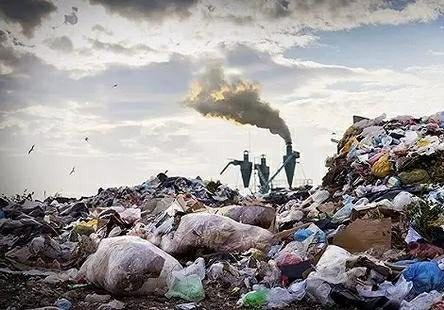1.1 Source analysis of oily sewage
The source of oily sewage in China is very extensive. Oily sewage will be produced in the process of steel refining, industrial production, oil exploitation, pesticide and food processing and production, and these oil pollutants mainly exist in four forms, namely, dissolved oil, dispersed oil, floating oil and emulsified oil.
(1) Petrochemical industry. In China's petrochemical industry, almost any stage from the initial exploitation to the final transportation and consumption will produce oily sewage. With the rapid development of China's science and technology, China's tertiary oil recovery technology has also been widely used, which improves the oil displacement effect, but also makes the composition of sewage more complex.
(2) Chemical and pharmaceutical engineering. Its main source is oily sewage of high concentration process. During the manufacturing process, a large amount of water and lubricating oil will be used in the stages of raw material reaction, product separation and raw material pretreatment, so a large amount of oily sewage will be generated in the later stage.
(3) Metal smelting industry. In the process of smelting metal, we need to cool, clean and lubricate the materials and equipment in contact with oil products, and the lubricating oil may also directly contact with them, thus forming oily sewage.
(4) Food processing and production. In the process of food processing and production in China, oily sewage is produced in the stages of equipment cleaning and machine lubrication.
1.2 Hazard analysis of oily sewage
(1) Oily sewage pollutes drinking water sources. If our daily drinking water source is polluted by oily sewage, not only people and animals will be infected with diseases, but also food poisoning may be caused, which is very harmful; In addition, oily sewage water also contains a certain amount of carcinogens, so it may increase the incidence of cancer in areas polluted by oily sewage;
(2) Oily sewage is discharged into rivers and lakes. The density of oily sewage is smaller than that of normal purified water, so once the oily sewage is discharged into rivers and lakes, it will adhere to the water surface, the air and water gas cannot be exchanged normally, the oxygen content in the water continues to decline, then the aquatic plants cannot grow normally, and the quality of the water body is seriously affected, The utilization value of water resources is greatly reduced;
(3) Oily sewage enters the soil. If the oily sewage is used as irrigation water to irrigate the soil, then the oil stains will be deposited on the surface of the crops. The soil cannot effectively exchange with the outside air, and the metabolism speed of the soil will slow down, which will affect the normal growth of the crops, and even lead to the death of the crops. If the crops containing oil stains are eaten by humans, it will also bring harm to our health.
















